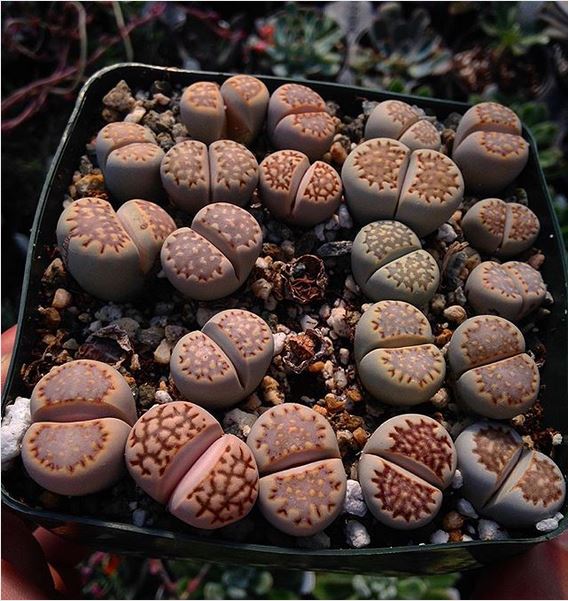I love walking around my town at night. Things really seem to slow down when the sun sets. Growing up in the country, my evening walks were lit only by the moon. Now that I live in civilization, however, street lights punctuate the darkness on every block. Walking around I can't help but wonder what all of this artificial light is doing to our photosynthetic neighbors.
The vast majority of plants need light to make food. It doesn't matter if this light comes from the sun or a high powered electric light, as long as it is strong enough for photosynthesis. Even weaker wavelengths of light serve a purpose for our botanical friends. Plants can sense the relative length of uninterrupted darkness in their environment and they use that information for myriad internal processes. Its this dependence on light that makes many plant species vulnerable to our addiction to artificial lighting.
Just because a light isn't strong enough for photosynthesis doesn't mean it isn't affecting nearby plants. This is especially true for plants that use day length for timing events like bud break, flowering, and dormancy. The type of lighting favored by most municipalities emit wavelengths that peak especially high in the red to far-red ratio of the electromagnetic spectrum, which makes them particularly adept at disrupting plant photoperiods.
One of the most obvious effects of artificial lighting on plants can readily be seen in street trees growing in temperate regions. Though light sensitivity varies from species to species, trees growing near street lights tend to hold onto their leaves much longer in the fall than trees farther away. Because artificial lighting is enough to trick the red to far-red receptors in plants, it can "convince" trees that the days are longer than they actually are. Additional photosynthesis may not seem that bad but holding onto leaves longer makes trees more susceptible to ice damage.
The effects of artificial lighting continues into spring as well. Trees growing near lights tend to break buds and flower earlier in the spring. This too makes them susceptible to frost damage. Early flowering plants run the risk of losing their entire reproductive effort by blooming before the threat of frost is gone. This can really mess up their relationship with pollinators.
The effects of artificial lighting can even influence the way in which plants grow. Research has found that plants growing near street lights had larger leaves with more stomatal pores and these pores remained open for considerably longer than plants growing under unlit night conditions. This made them more susceptible to pollution and drought, two stressors that are all too common in urban environments. This issues is made much worse if the artificial lighting never turns off throughout the night.
Artificial lighting affects more than just plant physiology too. Scaling up, the effects of night lights can have whole ecosystem consequences. For instance, researchers found that artificial lighting was enough to change the entire composition of grassland communities. Some plants responded well to artificial lights, producing more biomass and vegetative offshoots to the point that they pushed out other species. This was compounded by the change in reproductive output, with certain species showing higher seed production than others.
Photo by Lamiot licensed under CC BY-SA 4.0
Changes in plant physiology, phenology, and composition also affect myriad other organisms in the environment. Changes in the timing of flowering or bud break can disrupt things like insects and birds that rely on these events for food and shelter. Research even suggests that forest regeneration is being altered by artificial lighting. Seed dispersers such as bats often will not fly into well-lit areas at night, therefore reducing the amount of seeds falling in those areas. Such research is still in its infancy meaning we have a lot more to learn about how artificial lighting is disrupting natural events.
Light pollution is so much more than an aesthetic issue. Artificial lighting is clearly having pronounced effects on plant life. Disrupt plants and you disrupt life as we know it. Certainly more work is needed to tease out all the ways in which lights influence plants, however, it is clear that we must work hard on reducing light pollution around the globe.

![[source]](https://images.squarespace-cdn.com/content/v1/544591e6e4b0135285aeb5b6/1533585937843-ART57F0111IK2ZJH43ZX/late+fall.JPG)















